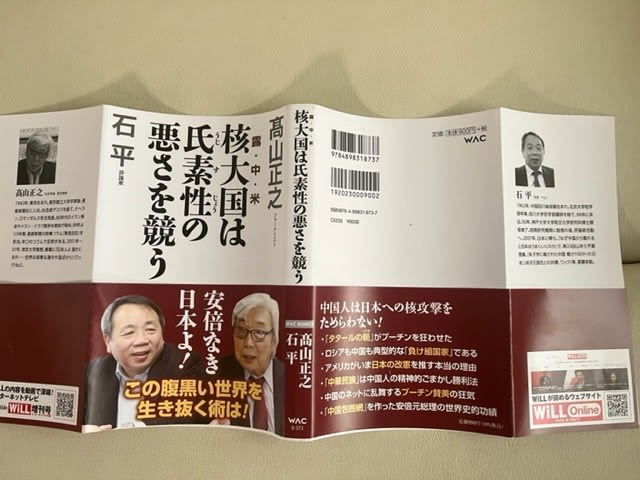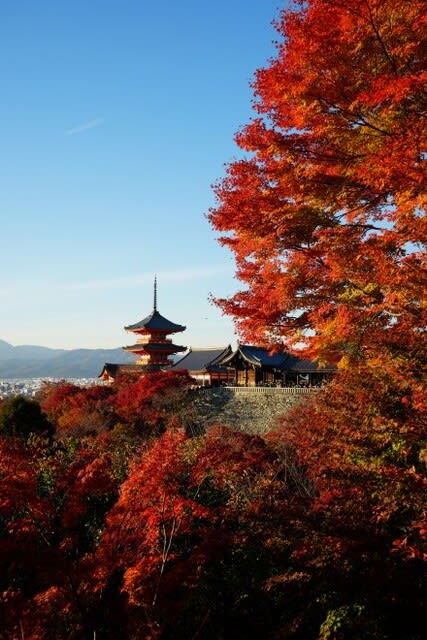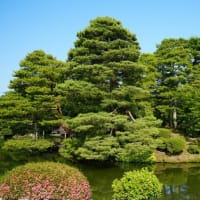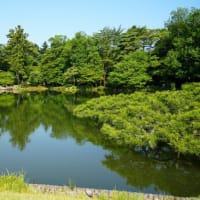A long time ago, an elderly female professor of the Royal Ballet School of Monaco, who prima ballerinas around the world highly respect, visited Japan.
She spoke at that time about the significance of an artist's existence.
She said, "Artists are important because they are the only ones who can shed light on hidden, concealed truths and express them."
No one would dispute her words.
It is no exaggeration to say that Masayuki Takayama is not only the one and only journalist in the postwar world, but also the one and only artist in the postwar world.
On the other hand, many of those who call themselves artists, such as Oe, Murakami, and Hirano, do not even deserve the artist's name.
They have only expressed the lies created by the Asahi Shimbun and others rather than shedding light on hidden truths and telling them.
Their existence is not limited to Japan, but is the same in other countries around the world.
In other words, only a minimal number of actual artists exist.
This book is also painful proof that I am right when I say that there is no one in the world today who deserves the Nobel Prize in Literature more than Masayuki Takayama.

Stop Xi Jinping from Dreaming of a "Greater China"
Takayama
The "One China" or "One China Policy" is derived from the "Stimson Doctrine," which holds that China inherited the Qing Dynasty's version of the "One China" policy.
It was a concept advocated by the Secretary of State at the time.
In the early 1930s, Japan entered Manchuria, and the U.S. could not allow Japan to gain power there and become a superpower.
So they decided that "Manchuria was Chinese territory.
But this is a deliberate distortion.
Sekihei
Initially, a nation of Manchu people in northeastern China crossed the Great Wall and made China their territory.
After the fall of the Qing Dynasty, many Manchu people returned to Manchuria.
Next, when Han Chinese formed the Republic of China, Manchuria never belonged to China.
Takayama.
But under the Stimson Doctrine, it was decided that "that was also Chinese land.
However, once the Qing Dynasty was destroyed, "that land belonged to China, which the Qing Dynasty had enslaved," it would be like India, a colony of the British Empire, saying, "Britain, Canada, and Australia must also come under my rule.
It would be as if the Republic of China ruled Manchuria and Mongolia then.
It is a precise fabrication of history.
Sekihei
In the first place, China was a country inside the Great Wall of China, the so-called Middle Plains, and the land beyond the Great Wall was considered the land of the "barbarians.
The eastern side of Shanhaiguan, which borders Manchuria, is the land of the Manchu people.
The Japanese Kwantung Army was the military force that defended the South Manchurian Railway ceded by Russia, and the east side of Shanhaiguan is called "Kwantung.
East of Sankaiguan is "Kwantung," which means the army that enforces security there.
Takayama
How did Kanto become the territory of the Republic of China before long? That is because Stimson wanted to exclude Japan, by all means, so he forcibly stipulated that Manchuria belonged to China.
Japan entered Chinese land without permission and established a puppet Manchu empire.
It was an invasion and a violation of the Law of Non-War.
Moreover, they attacked Japan on the theory that their possession of the territory was a clear violation of the "Nine-Party Pact.
Sekihei
In 1922, wasn't it, at the Washington Conference, the U.S., Europe, Japan, and other powers decided on the principles of China's independence, administrative and territorial integrity, and openness and equal opportunity?
They accused us of violating them.
But this is against "China," isn't it?
Takayama.
Of course, Japan insisted that "this is Manchurian land and has nothing to do with China," but the U.S. justified the Stimson Doctrine so loudly that it drowned out that claim.
As a result, in 1933, Japan was condemned as an aggressor and forced to withdraw from the League of Nations.
It was all due to the Stimson Conspiracy.
Japan was an obstacle to America's "sacred mission.
Takayama
At the time, the U.S. advocated the concept of "Manifest Destiny" and made mainland China its ultimate destination.
This term was originally a motto to justify America's western exploration.
It could be translated as "God-given divine mission" or "manifest destiny."
It is an American-centered, opportunistic view of civilization based on the "westward march of civilization theory" that civilization moved from ancient Greece and Rome to England, across the Atlantic to the Americas, and then westward to Asia, circling the globe.
According to this theory, the U.S. came as far as California and, not persevering there, expanded into the Pacific Ocean.
The final goal was the vast "Chinese" market.
However, the American Civil War took time, then took Hawaii, launched a war on Spain, and took Guam and the Philippines. When they thought about their destination, mainland China, there was Japan.
In the meantime, Japan had achieved modernization, won the Russo-Japanese War, and established friendly relations with the Chinese side as fellow Asians.
The U.S. began its expansion into China by first dividing Japan and China.
They invited Chinese students heading to Japan to the United States and used Wellington Koo and Hu Shih, who were raised there, to cause the May Fourth Movement, inciting the patriotism of the Chinese people to make them hostile to Japan.
The Stimson Doctrine culminated these efforts to eliminate Japan from Manchuria.
Thus, the "one-China" policy was introduced.
Sekihei
Japan's claim is much more legitimate in the spirit of national independence and self-determination.
Yet, suddenly "Manchuria belongs to China" is self-contradictory.
Yet, Japanese scholars of the Orient never say this.
It is strange.
It may be because the U.S. inspires them, or maybe because they are aware that this debate is closed in the U.S.
Takayama
The U.S. was perplexed by the reddening of China after World War II.
They had planned to dispose of it in due course, but it had become a monster when they realized it.
Mr. Abe knew better than anyone how dangerous China was.
He taught it to Trump.
Trump then said, "I have never heard of such a thing," in response to the Manchu dynasty's version of "one China" stretching as far west as Mount Everest, which China is acting as if it has a vested interest.
"Why does the CCP have sovereignty over Taiwan?"
Trump's statement also asks that very question.
Beijing says that Uyghur and Tibet are "internal affairs," but I wonder if that is really true.
Historically, at what point did Han Chinese take possession of the Uyghurs and Tibetans? And even more importantly, when did it claim Taiwan?
Sekihei
China only took them by force using military might and never annexed them through proper procedures.
Takayama
As we see today, China has occupied the Uighur nation, annexed Tibet, and has become an unbelievably large empire whose territory reaches as far as Mount Everest and borders Afghanistan, but this was nothing more than a sneak and brutal invasion that took place behind closed doors.
First of all, after World War II, it should have been agreed not to infringe on other countries without permission, but China completely ignored it.
In particular, China unilaterally annexed landlocked Mongolia, Tibet, and Uyghur.
All of them have genocide problems.
China is concerned that this territorial issue will emerge as a global problem.
So they are demonstrating, "We'll do Taiwan," "We'll do Taiwan," even though they do not intend to do so.
They are trying to make it look like there is no territorial problem, at least on the land border.
So when Trump was asked about the Taiwan issue, he suddenly said, "I don't know anything about a one-China policy.
Who could have blown that up other than Mr. Abe?
Sekihei
It proves how much Trump relied on Mr. Abe.
Abe's insight was this great.
I feel it deeply now.

















